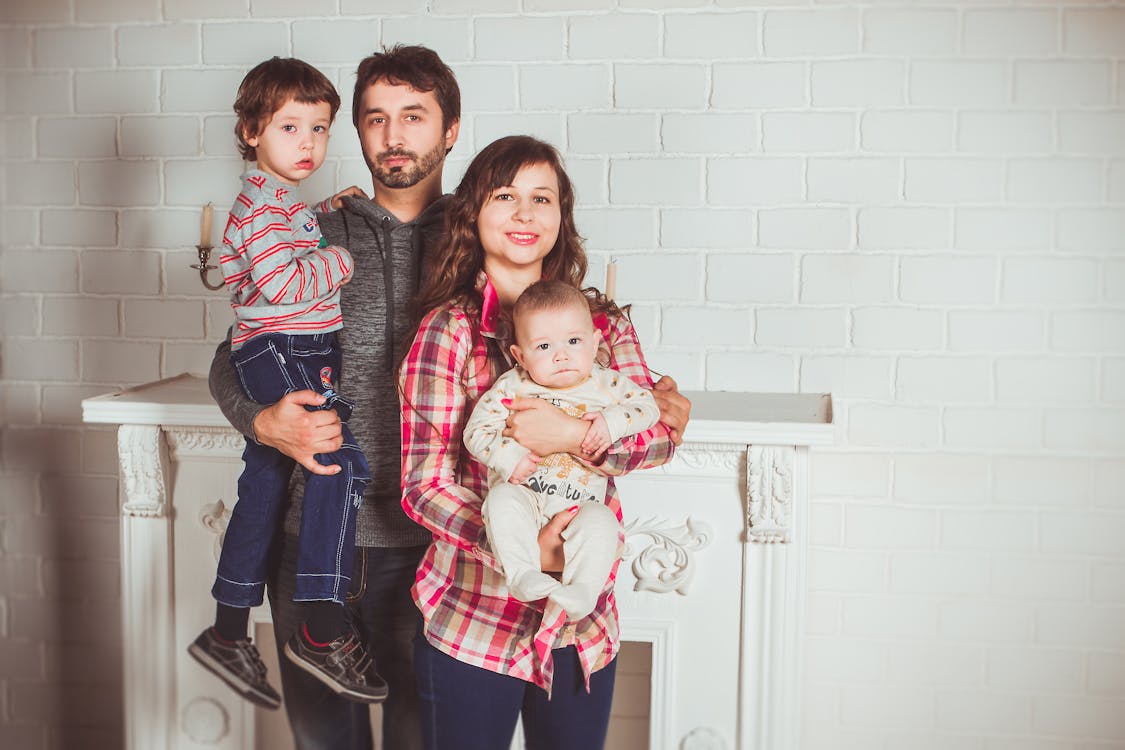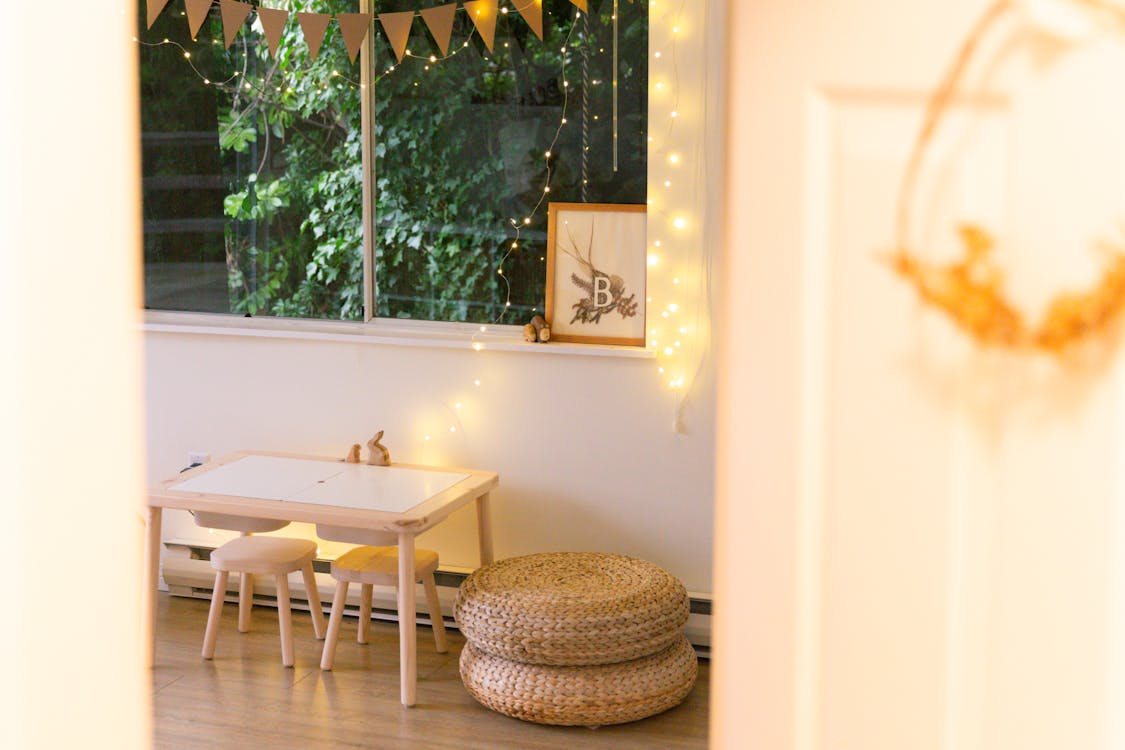Infant Development Milestones: A Comprehensive Guide
Watching a baby grow is one of life’s most fascinating experiences. One minute they’re a tiny, helpless bundle, and the next, seemingly overnight, they’re flashing their first genuine smile, reaching for a toy, or even attempting to crawl. These incredible achievements are known as infant development milestones, and they mark significant steps in your baby’s journey through their crucial first year and beyond. But what exactly are they, and why do they matter?
Navigating the world of baby development can feel overwhelming. You might wonder if your little one is on track, what you should be looking for, and how you can best support their growth. Relax! This comprehensive guide is here to walk you through the key baby milestones, offering insights, practical tips, and reassurance along the way. Let’s embark on this incredible journey together!

What Exactly *Are* Developmental Milestones?
Think of developmental milestones as a set of functional skills or age-specific tasks that most children can do by a certain age range. They act as useful benchmarks to gauge a child’s progress in several key areas of development:
- Gross Motor Skills: Using large muscles for sitting, standing, walking, running, balance, and changing positions.
- Fine Motor Skills: Using small muscles, specifically in the hands and fingers, for actions like eating, drawing, dressing, playing, and writing.
- Language and Communication Skills: Speaking, using body language and gestures, communicating, and understanding what others say.
- Cognitive Skills: Thinking, learning, understanding, problem-solving, reasoning, and remembering.
- Social and Emotional Skills: Interacting with others, developing relationships, cooperating, and responding to the feelings of others.
It’s crucial to remember that milestones are guidelines, not strict deadlines. Every baby is unique and develops at their own pace. Some babies might reach certain milestones earlier, while others take a little more time – and that’s perfectly normal! These benchmarks help parents and pediatricians understand a child’s developmental trajectory and identify potential areas where extra support might be needed.
The First Year: A Whirlwind of Growth
The first 12 months are a period of astonishing transformation. Your baby goes from being entirely dependent to exploring their world with increasing independence. Let’s break down the typical milestones you might observe during this incredible year.
0-3 Months: The Fourth Trimester Awakening
Often called the “fourth trimester,” these first few months are a period of significant adjustment for your baby as they adapt to life outside the womb. Development seems focused on basic reflexes and gaining control over rudimentary movements.
- Gross Motor: Can lift their head briefly during tummy time, moves arms and legs jerkily, brings hands towards face/mouth. Reflexes like startling and sucking are strong.
- Fine Motor: Strong reflex grasp (grips your finger tightly), begins to briefly open and close hands.
- Cognitive: Starts to focus on faces, follows objects with their eyes (especially faces and high-contrast patterns), begins to recognize familiar sounds and voices. Shows boredom or fussiness if activity doesn’t change.
- Language/Communication: Communicates primarily through crying (different cries for different needs), starts cooing and gurgling sounds.
- Social/Emotional: Begins to develop a social smile (usually around 6-8 weeks), enjoys looking at primary caregivers, starts to briefly calm themselves (may bring hands to mouth).
Practical Tips for 0-3 Months:
- Engage in plenty of supervised tummy time daily to build neck and upper body strength. Start with short sessions (1-2 minutes) and gradually increase.
- Talk, sing, and read to your baby often. They love the sound of your voice!
- Respond promptly and lovingly to their cries to build trust and security.
- Provide high-contrast toys or pictures for them to focus on.
- Cuddle and hold your baby close – skin-to-skin contact is wonderful for bonding.

4-6 Months: Discovering the World
During this stage, babies become much more interactive and aware of their surroundings. Their movements become more purposeful, and their personalities start to shine through.
- Gross Motor: Holds head steady without support, pushes up on elbows/hands during tummy time, may begin to roll over (tummy to back is often first), bears weight on legs when held standing, may sit with support.
- Fine Motor: Reaches for toys with both hands, grasps objects purposefully (palmar grasp), brings objects to their mouth, shakes rattles.
- Cognitive: Becomes more curious, explores objects by looking, touching, and mouthing. Recognizes familiar faces from a distance, responds to their own name, tracks moving objects more smoothly.
- Language/Communication: Babbles with expression (making sounds like “ah-goo”), experiments with different sounds (squeals, growls, raspberries), laughs out loud, begins to distinguish emotions by tone of voice.
- Social/Emotional: Smiles spontaneously, enjoys playing with people, copies some facial expressions, clearly recognizes primary caregivers and may show preference.
Practical Tips for 4-6 Months:
- Provide safe toys that are easy to grasp and explore (rattles, soft blocks, teething rings).
- Continue reading daily – point to pictures and name objects.
- Play simple interactive games like peek-a-boo.
- Place toys just out of reach to encourage rolling and reaching.
- Talk to your baby throughout the day, describing what you are doing.
7-9 Months: On the Move!
Mobility is often the big news during these months! Many babies start exploring their environment more actively, leading to exciting (and sometimes challenging!) new developments.
- Gross Motor: Sits independently without support, gets into sitting position alone, may start crawling (various styles are normal!), pulls up to a standing position holding onto furniture.
- Fine Motor: Transfers objects from one hand to the other, develops a ‘raking’ grasp (using fingers like a rake to pull objects closer), starting to develop the pincer grasp (using thumb and forefinger).
- Cognitive: Finds partially hidden objects (beginning of object permanence), explores objects in various ways (shaking, banging, dropping), looks for dropped objects, copies simple gestures (like clapping).
- Language/Communication: Understands the word “no” (though doesn’t always obey!), babbles longer strings of sounds (“mamama,” “bababa”), imitates sounds, uses gestures like pointing.
- Social/Emotional: May show stranger anxiety (clingy with familiar adults, fearful of strangers), enjoys social games like patty-cake, responds to own name consistently.
Practical Tips for 7-9 Months:
- Baby-proof your home thoroughly as mobility increases! Cover outlets, secure furniture, remove hazards.
- Offer safe finger foods (if starting solids) to practice the pincer grasp.
- Play hide-and-seek with toys to reinforce object permanence.
- Encourage crawling by placing toys slightly out of reach.
- Continue talking, singing, and reading – name body parts, objects, and actions.

10-12 Months: Budding Independence
As the first birthday approaches, babies often make significant strides towards independence, especially in mobility and communication.
- Gross Motor: Pulls to stand easily, may ‘cruise’ along furniture (walking while holding on), may stand alone for a few moments, might take their first independent steps.
- Fine Motor: Refines the pincer grasp (picks up small items like cereal O’s), puts objects into containers and takes them out, bangs objects together purposefully, may start trying to use a spoon.
- Cognitive: Explores objects thoroughly (turning over, poking), follows simple one-step commands (“Give me the ball”), imitates gestures and actions more complexly, finds hidden objects easily.
- Language/Communication: Says first words like “mama,” “dada” (often specifically referring to parents), tries to imitate words you say, uses simple gestures like waving bye-bye or shaking head “no,” understands simple requests.
- Social/Emotional: May show separation anxiety (cries when caregiver leaves), shows definite preferences for people and toys, repeats sounds or actions to get attention, may show fear in some situations.
Practical Tips for 10-12 Months:
- Provide sturdy furniture for pulling up and cruising. Push toys can also encourage walking.
- Offer opportunities for container play (shape sorters, stacking cups).
- Respond enthusiastically to their attempts at words and gestures.
- Continue reading and naming everything – repetition is key.
- Play simple turn-taking games.
- Offer reassurance during periods of separation or stranger anxiety.

Beyond the First Year: Toddlerhood Beckons
While this guide focuses on the first year milestones, development certainly doesn’t stop at 12 months! The toddler years (typically 1-3 years) bring a whole new wave of exciting changes, including mastering walking, running, climbing, expanding vocabulary rapidly (hello, word explosion!), developing pretend play skills, and learning more complex social rules (like sharing, which takes time!). The foundation built in the first year is crucial for these next steps.
Your Role as a Parent: Nurturing Development
While babies are programmed to develop, your interaction and the environment you provide play a vital role in supporting their journey. You don’t need fancy toys or complicated programs; simple, loving interactions are incredibly powerful.
- Be Responsive: Tune in to your baby’s cues (hunger, tiredness, interest, distress) and respond sensitively. This builds trust and makes them feel secure, freeing them up to learn and explore.
- Talk, Read, Sing: Narrate your day, describe objects, read books with colorful pictures, and sing songs. This constant language exposure is critical for language development baby.
- Play Together: Engage in face-to-face play, floor time, and simple games. Play is how babies learn best! Follow their lead and show interest in what fascinates them.
- Provide Opportunities: Offer safe spaces and opportunities for movement (like tummy time and room to crawl) and exploration (safe objects to touch, grasp, and mouth).
- Establish Routines: Predictable routines for feeding, sleeping, and playing help babies feel safe and understand their world.
- Celebrate Effort: Praise their attempts, not just successes. This encourages persistence and a love of learning.
Understanding Variations and When to Seek Help
It cannot be stressed enough: children develop at their own pace. Some babies walk at 9 months, others at 15 months – both can be perfectly normal. Milestones represent an average range.
However, milestones are also important screening tools. If you notice your baby is consistently missing milestones across multiple areas, or if they seem to lose skills they once had (regression), it’s important to talk to your pediatrician or healthcare provider. They can assess your baby’s overall child development and determine if further evaluation or support is needed.
Some potential red flags might include (but are not limited to):
- Not responding to loud sounds (by 1 month)
- Not tracking moving objects with eyes (by 3-4 months)
- Not smiling at people (by 3 months)
- Not bearing weight on legs when supported (by 6 months)
- Not babbling (by 8-9 months)
- Not sitting with help (by 9 months)
- Not responding to their name (by 10 months)
- Not pointing to objects (by 12 months)
- Losing skills they once had
Trust your intuition. You know your baby best. If you have any concerns about your baby’s development, don’t hesitate to bring them up. Early identification and intervention can make a significant difference for children facing developmental challenges.
Conclusion: Cherishing the Journey
The first year of your baby’s life is a remarkable period filled with countless ‘firsts’ and incredible growth. Understanding infant development milestones provides a helpful roadmap, but remember it’s just a guide. The most important things you can offer your baby are love, responsive care, and a safe, stimulating environment to explore.
Celebrate each small achievement, from the first coo to the first step. Enjoy the cuddles, the giggles, and even the challenges. By understanding the typical patterns of infant development and providing nurturing support, you are giving your baby the best possible start on their unique and wonderful journey. Cherish this fleeting, precious time!










